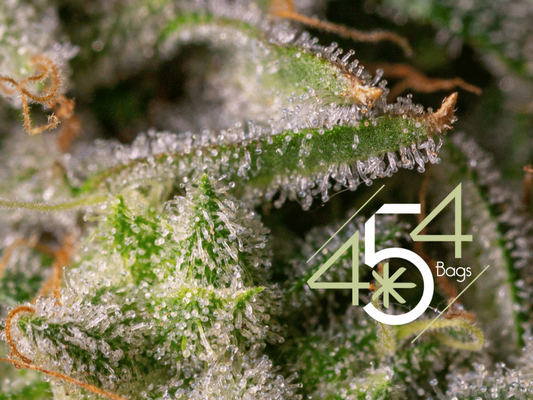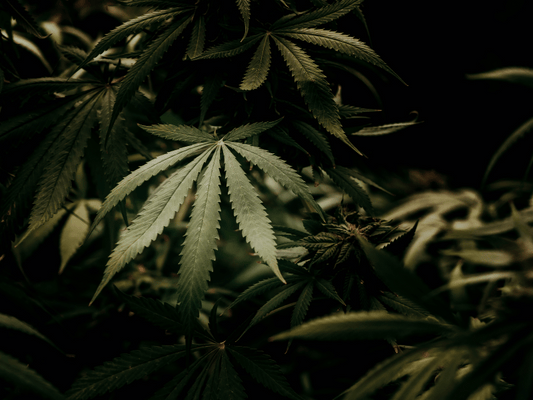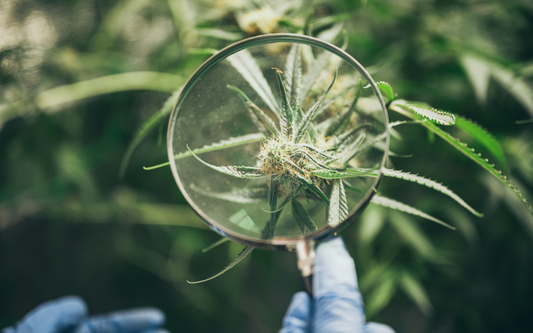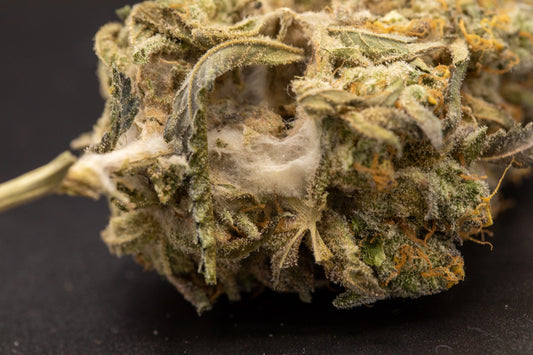Easy to order great service great product equals very happy customer
Preserving Trichomes: Best Practices to Prevent Damage After Cannabis Harvest

Best Practices for Preventing Trichome Damage During Cannabis Post-Harvest Handling
Trichomes, the resinous glands on cannabis buds and leaves, contain the cannabinoids and terpenes that contribute to the plant's potency and aromatic profile. Preserving these delicate structures after harvest is of utmost importance to ensure the overall quality of the final product. In this blog post, we delve into the best practices for preventing trichome damage during post-harvest handling and processing, empowering you to safeguard the potency, flavor, and aroma of your cannabis harvest.
1. Gentle Handling
- Handle harvested cannabis flowers and trim with care to minimize trichome damage. Avoid excessive touching, squeezing, or rough manipulation that can cause trichomes to break or detach from the plant material.
2. Proper Trimming Techniques
- Use sharp, clean trimming tools to ensure precise cuts and reduce unnecessary handling. Trim carefully around trichome-rich areas, such as sugar leaves, to preserve the resinous glands.
3. Controlled Temperature and Humidity
- Maintain a controlled environment during post-harvest processing, with optimal temperature and humidity levels. Trichomes are sensitive to excessive heat and moisture, which can cause them to degrade or become brittle. Aim for a temperature range of 60-70°F (15-21°C) and a relative humidity level of 45-55% to prevent trichome damage.
4. Drying Techniques
- Implement a slow and controlled drying process to protect trichomes. Hang harvested cannabis in a dark, well-ventilated area with proper airflow. Avoid direct exposure to light, as it can degrade trichomes and diminish their potency.
5. Curing for Trichome Preservation
- After drying, engage in the curing process to further protect trichomes. Place dried cannabis in airtight containers, such as glass jars, to create a controlled microclimate. Burp the jars periodically to release excess moisture and maintain optimal humidity levels while preventing mold formation.
6. Appropriate Storage Containers
- Choose storage containers that minimize trichome damage. Glass jars are an excellent option as they are non-reactive, airtight, and allow for easy observation of trichomes. Avoid plastic containers, as they can generate static electricity and potentially damage trichomes through friction.
7. Proper Labeling and Organization
- Maintain a well-organized system for storing cannabis, clearly labeling different strains and harvest dates. This practice ensures efficient rotation and minimizes unnecessary handling of stored cannabis, reducing the risk of trichome damage.
8. Avoid Excessive Agitation
- When packaging or transporting cannabis, handle the containers gently to prevent trichome disturbance. Excessive agitation can cause trichomes to detach or break off, compromising the overall quality of the product.
Preserving the integrity of trichomes is key to maintaining the potency, flavor, and aroma of cannabis after harvest. By implementing gentle handling techniques, controlling temperature and humidity, utilizing proper drying and curing methods, and selecting appropriate storage containers, you can prevent trichome damage and ensure a premium cannabis experience. Protecting these resinous glands allows you to fully appreciate the unique characteristics and benefits that trichomes bring to the final product.
No comments









0 comments